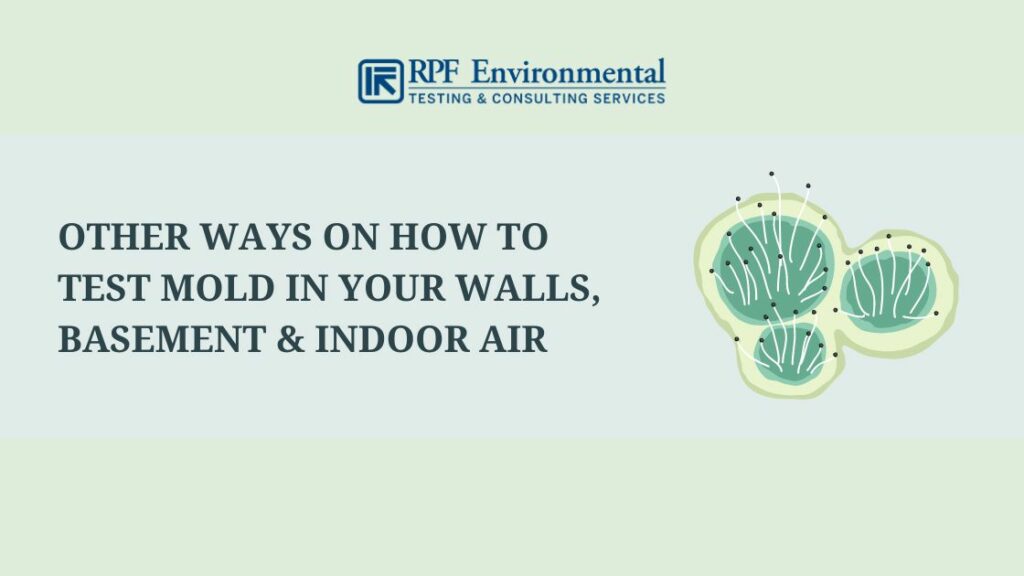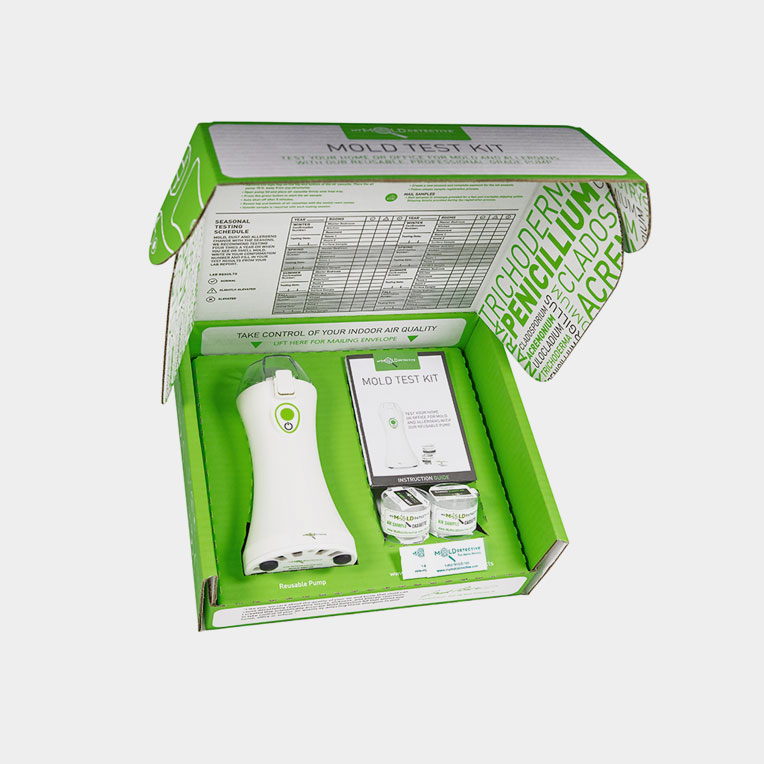How Mycotoxin testing Services Can Protect Your Products
How Mycotoxin testing Services Can Protect Your Products
Blog Article
How Mycotoxin Testing Aids Prevent Contamination and Secure Food Supplies

Mycotoxin testing is a vital practice in the food industry, offering as a frontline protection against contamination by dangerous toxins created by mold and mildews. Via the application of advanced strategies like High-Performance Fluid Chromatography (HPLC) and Liquid Chromatography-Mass Spectrometry (LC-MS), food manufacturers can properly spot and measure mycotoxin levels in farming items.
Recognizing Mycotoxins
Understanding mycotoxins begins with identifying that they are toxic secondary metabolites generated by certain molds, which can pollute farming items. These metabolites are not vital for the development or recreation of the fungis however can have serious ramifications for animal and human wellness. Mycotoxins are commonly found in staple crops such as corn, wheat, barley, and nuts, where they can proliferate under specific problems of moisture and temperature.
There are several kinds of mycotoxins, each created by different fungal species. Fusarium varieties generate fumonisins and trichothecenes, both of which are connected with various intense and persistent health issues.

Risks of Mycotoxin Contamination
The dangers of mycotoxin contamination are diverse, positioning significant hazards to both food safety and security and public wellness. Mycotoxins, harmful substances created by certain kinds of fungi, can infect a broad array of agricultural products including grains, nuts, flavors, dried out fruits, and coffee.
Economic influences are another significant issue. Infected crops can lead to significant financial losses for farmers and food manufacturers due to minimized yields and the requirement for pricey decontamination procedures. Furthermore, worldwide trade can be dramatically impeded as nations enforce stringent mycotoxin regulations to secure their populations, resulting in denied deliveries and strained trade relationships.
Environmental factors such as environment adjustment exacerbate the danger of mycotoxin contamination. Variations in temperature level and moisture can develop favorable problems for fungal development, increasing the possibility of contamination events. Therefore, understanding and mitigating these dangers are critical for ensuring the safety and security and honesty of international food supplies.
Methods of Mycotoxin Evaluating
Precisely determining mycotoxin contamination in agricultural products is necessary for safeguarding public health and wellness and maintaining food safety and security requirements. Various techniques are utilized to detect and quantify mycotoxins, each offering specific benefits and constraints.
High-Performance Fluid Chromatography (HPLC) is a commonly made use of technique as a result of its high level of sensitivity and precision. It entails dividing mycotoxins from other materials in an example, enabling exact metrology. Liquid Chromatography-Mass Spectrometry (LC-MS) incorporates liquid chromatography with mass spectrometry to give in-depth molecular information, making it specifically helpful for identifying several mycotoxins at the same time.

Gas Chromatography-Mass Spectrometry (GC-MS) and Thin-Layer Chromatography (TLC) are likewise utilized, each with distinct applications. GC-MS works for volatile mycotoxins, while TLC offers a less complex, cost-efficient choice for initial screening.
Benefits of Normal Examining
Routine testing for mycotoxins in agricultural items uses various benefits, significantly adding to public wellness and food security. By identifying contamination early, normal screening assists prevent the circulation of hazardous foods, thus reducing the threat of mycotoxin-related health problems among customers. This positive method not just safeguards human health and wellness but additionally improves the overall top quality of food supplies.
Regular screening also sustains regulative compliance. Various countries and areas have actually established rigid limitations for mycotoxin levels in food and feed. Following these limits via normal testing ensures that suppliers and manufacturers meet lawful standards, therefore preventing fines and trade obstacles. Preserving conformity fosters customer trust and brand online reputation, which are crucial for market success.
Additionally, routine mycotoxin screening can bring about substantial economic benefits. Early detection of contamination allows for timely treatment, minimizing possible losses from widespread contamination. Executing routine testing methods can also lessen recall costs and associated responsibilities, which can be monetarily ravaging.
Furthermore, routine testing provides useful information that can educate far better farming methods and storage conditions. By understanding patterns of contamination, manufacturers can embrace safety nets, thus decreasing future risks and contributing to the sustainability of the home food supply chain.
Carrying Out Checking Procedures
Executing effective mycotoxin screening procedures is important for making sure the security and quality of farming items. Establishing a durable screening framework entails numerous essential steps, beginning with the identification of potential contamination factors this page within the production and supply chain. This consists of pre-harvest, post-harvest, storage space, and distribution stages. Each stage needs to be scrutinized to determine where mycotoxin contamination is probably to occur.
As soon as crucial control factors are determined, picking suitable screening techniques is essential. Usual methods consist of enzyme-linked immunosorbent assay (ELISA), high-performance liquid chromatography (HPLC), and mass spectrometry (MS) Each approach has its weaknesses and staminas; hence, selecting the correct one depends upon the specific mycotoxin being checked, the required level of sensitivity, and available sources.

Finally, incorporating the screening protocols into an extensive food safety and security administration system is recommended. This boosts traceability and allows swift rehabilitative actions when contamination is spotted, therefore protecting the honesty of the food supply chain.
Final Thought
Mycotoxin testing is crucial in stopping contamination and safeguarding food materials by enabling early discovery of hazardous contaminants produced by mold and mildews in agricultural products. Advanced approaches such as HPLC and LC-MS guarantee conformity with security laws and protect consumers from wellness risks. Routine screening enhances brand track record, economic stability, and count on food safety by reducing contamination-related losses and keeping high criteria in food production. Carrying out strenuous screening protocols is therefore imperative for the industry's general wellness.
Mycotoxin testing is an important technique in the food sector, offering as a frontline protection versus contamination by harmful toxins created by mold and mildews. An integrated technique involving farming official site practices, storage monitoring, and regular testing can reduce the risks connected with mycotoxin contamination, making sure food safety and security and public wellness.
The dangers of mycotoxin contamination are multifaceted, posing significant hazards to both food security and public health and wellness.Routine screening for mycotoxins in agricultural products uses countless advantages, significantly adding to public health and wellness and food safety.Mycotoxin screening is crucial in stopping contamination and protecting food products by allowing early discovery of damaging toxins generated by molds in farming products.
Report this page